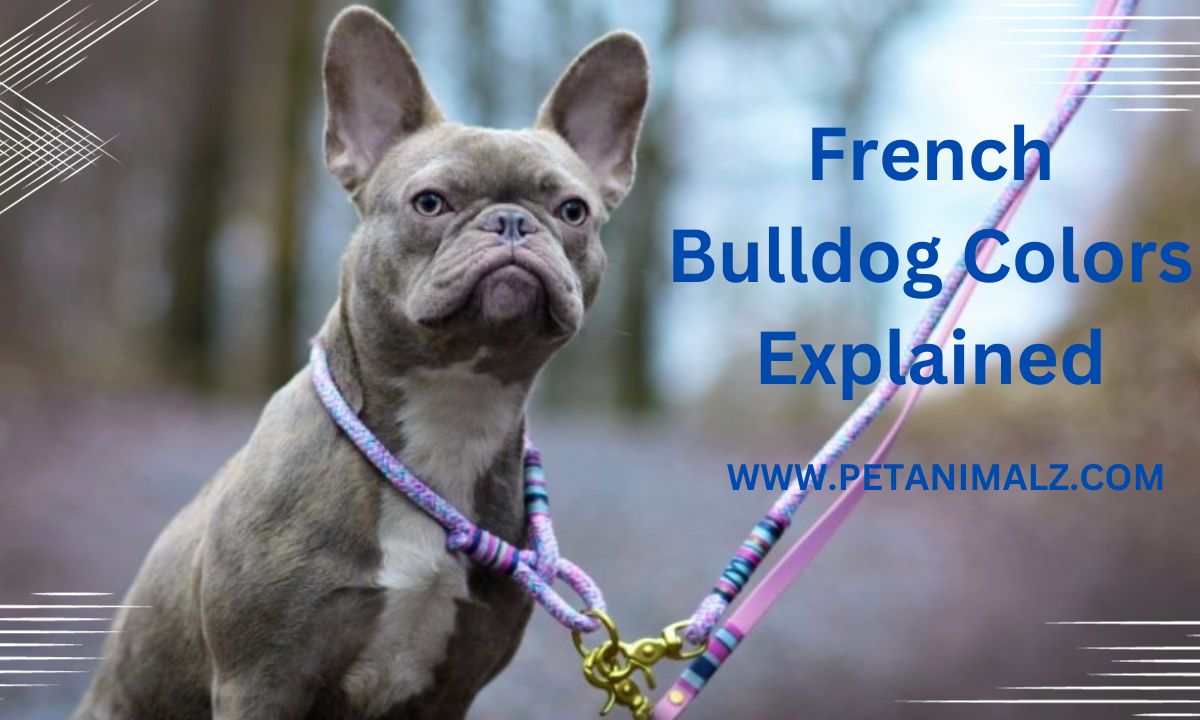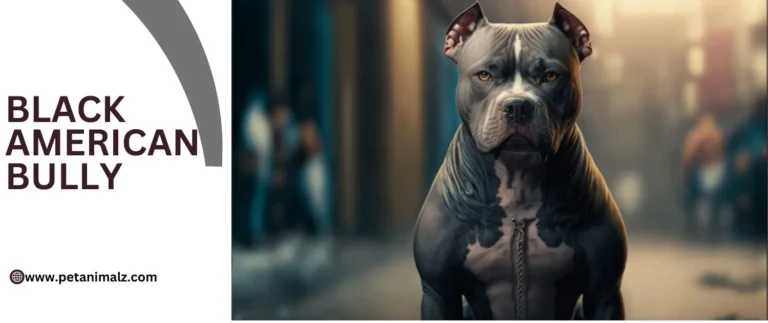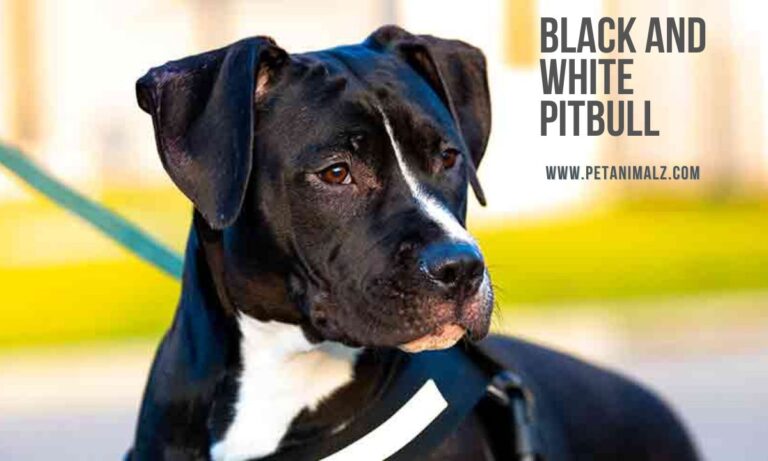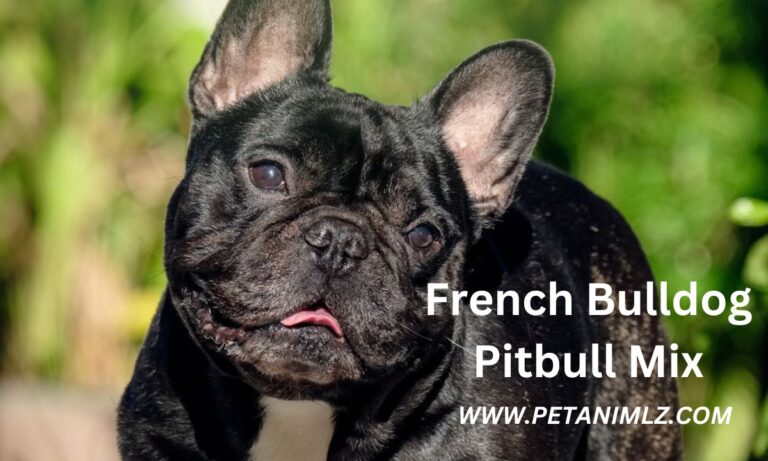French Bulldog Colors Explained
Introduction
In this article, complete information about French Bulldog colors is given. French Bulldogs, often affectionately referred to as Frenchie’s, have taken the world by storm with their bat-like ears, squished noses, and playful personalities.
But what many don’t realize at first glance is the vast array of colors these adorable canines can sport. From the classic fawn to the rare and mesmerizing blue, the French Bulldog palette is as diverse as it is beautiful.
In this guide, we’ll embark on a colorful journey, exploring the common, the rare, and even the genetics behind the various shades of French Bulldogs. Whether you’re a potential Frenchie parent or just an admirer from afar, by the end of this article, you’ll have a deeper appreciation for the vibrant world of French Bulldog colors. So, grab your paintbrush (or perhaps a treat for your furry friend) and let’s dive in!
Common French Bulldog Colors:
French Bulldogs come in a delightful array of colors. Some of the most common shades you’ll encounter include:
- Fawn: A light tan color, often resembling a deer’s coat.
- Brindle: A mix of dark and light stripes, creating a tiger-stripe effect.
- Pied: Mostly white with patches of another color, often brindle or fawn.
- Cream: A light, almost off-white shade that’s soft to the eyes.
Rare and Unique French Bulldog Colors:
While the above colors are frequently seen, there are some shades that are rarer and often sought after by enthusiasts:
- Blue: A gorgeous steel gray that can sometimes look bluish.
- Chocolate: A rich, deep brown.
- Lilac: A unique blend of blue and chocolate, resulting in a light purplish tint.
- Merle: A mottled pattern with patches of diluted color.
It’s essential to note that some of these colors, especially the rare ones, might be linked to health issues. Always ensure you’re informed before making a choice.
The Genetics Behind French Bulldog Colors:
Understanding the colors of French Bulldogs requires a basic grasp of genetics. Colors are determined by:
- Dominant genes: These genes will always show if present.
- Recessive genes: These only show when two copies are present, one from each parent.
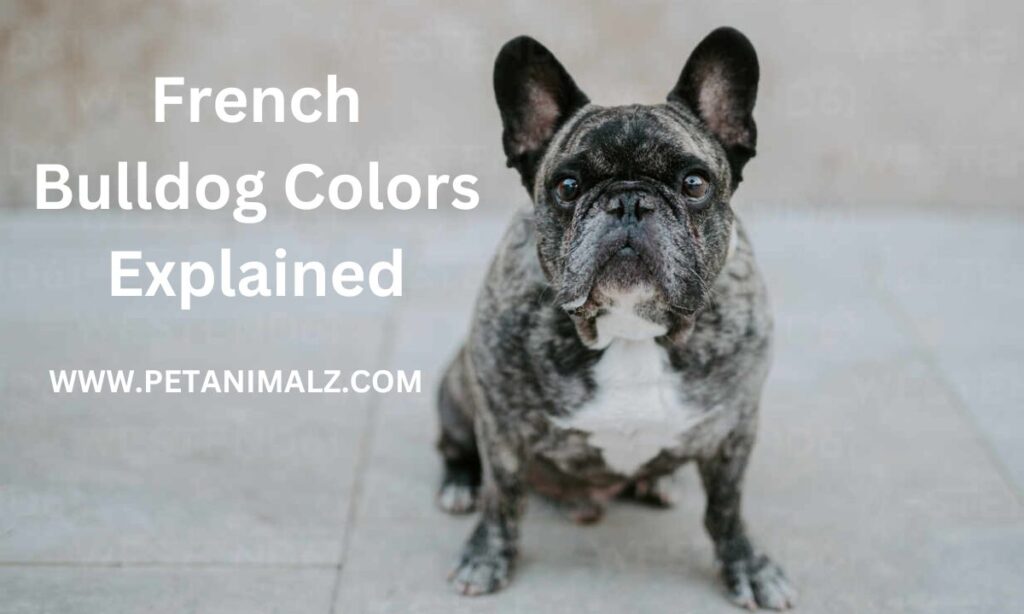
Health Implications of Certain Colors:
There are myths and facts surrounding the health of Frenchies based on their color. It’s crucial to:
- Understand that not all colors are linked to health issues.
- Recognize the importance of responsible breeding to ensure the health of the dog.
Role of Color in Hearing:
- Lack of pigment cells affects the small hairs in the ear, but hearing tests can rule out deafness.
FAQs:
-
What are the most common French Bulldog colors?
- Fawn is among the most common colors for French Bulldogs colors.
-
Are certain colors linked to health issues?
- Yes, some rare colors, like blue, might have associated health concerns.
-
How can I ensure I’m getting a healthy French Bulldog regardless of color?
- Always buy or adopt from reputable sources, and ensure you’re informed about potential health issues.
-
What is the rarest color French bulldog?
- The lilac or isabella French Bulldog is considered one of the rarest colors. This unique shade is a result of a combination of the blue and chocolate genes.
-
What is the best Color for a French bulldog?
- The “best” color is subjective and depends on personal preferences. However, the breed standard set by kennel clubs like the AKC recognizes brindle, fawn, and white as standard colors. It’s essential to choose a color based on health and ethical breeding practices rather than just aesthetics.
-
What is the most popular Frenchie?
- The fawn color is among the most popular and commonly seen colors for French Bulldogs. However, popularity can vary based on region and current breeding trends.
-
How do I choose a French Bulldog?
- When choosing a French Bulldog:
- Research reputable breeders or consider adopting.
- Prioritize health checks and lineage.
- Meet the puppy’s parents, if possible, to gauge temperament.
- Ensure the breeder follows ethical practices.
- Consider the dog’s temperament, health, and compatibility with your lifestyle.
-
What is the most expensive bulldog?
- The English Bulldog, especially those with rare colors or from champion bloodlines, can be among the most expensive. Within the French Bulldog breed, rare colors like blue, merle, or lilac can fetch higher prices.
-
What color Frenchie is unique?
- Colors like merle, blue, and lilac are considered unique and less commonly seen in French Bulldog colors.
-
Why is the French Bulldog expensive?
- French Bulldogs are expensive due to:
- Their popularity and high demand.
- Breeding challenges (many require artificial insemination and C-sections for birthing).
- Maintenance of breed standards.
- Potential health issues that require vet care.
-
Are Frenchies the cutest?
- Beauty is in the eye of the beholder! Many people find Frenchies adorable due to their bat-like ears, expressive eyes, and charming personalities. However, “cuteness” is subjective.
-
Can French Bulldogs swim?
- Generally, French Bulldogs are not natural swimmers due to their brachycephalic (short-nosed) structure and stocky build. If they’re around water, close supervision and a life vest are essential.
-
Why are Frenchies so special?
- Frenchies are cherished for their:
- Affectionate nature.
- Playful and entertaining personalities.
- Compatibility with urban living due to their size.
- Unique appearance with bat-like ears and expressive faces.
- Loyalty and attachment to their families.
Choosing the Right French Bulldog for You:
While color might be a significant factor for many, it’s essential to:
- Look beyond just the color. Consider the dog’s health, lineage, and temperament.
- Understand the importance of the dog’s overall health and temperament over its coat color.
Conclusion:
Understanding the vibrant world of French Bulldog colors is more than just an aesthetic journey. It’s about recognizing the beauty, the genetics, and the health implications behind each shade. As you consider bringing a Frenchie into your life, always prioritize health and responsible breeding. After all, a happy, healthy Frenchie is the most beautiful of all!
